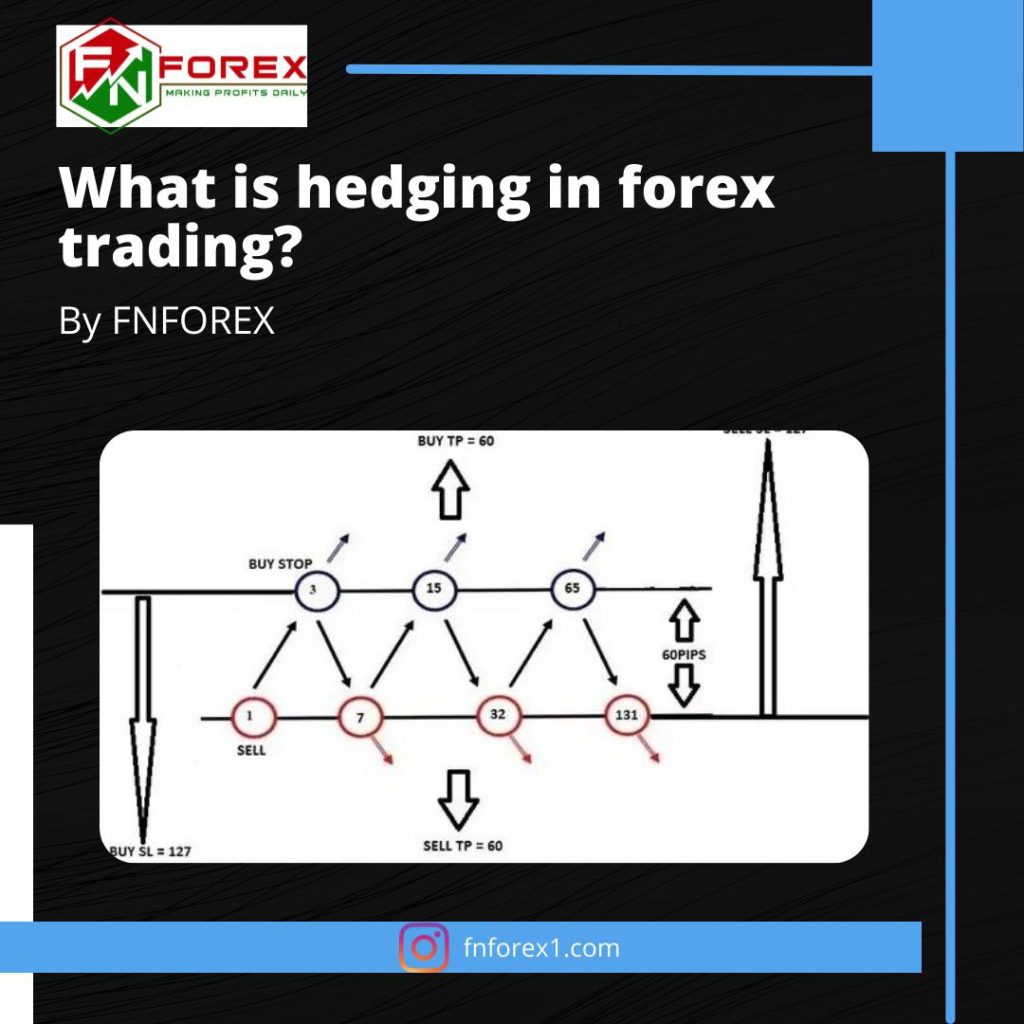what is hedging in forex trading

Image Source: FreeImages
In the world of finance, hedging means taking measures to protect yourself against potential losses on an asset or a particular market risk. In general, investors and businesses adopt hedging strategies to reduce the risk of an investment going south. For example, when an investor owns shares in a company and fears that its stock may decline soon, he can use hedging to mitigate his risks. This way, even if the value of his shares drops further, he won’t incur any new losses. Let’s take a closer look at what hedging in forex trading means and why it’s useful for investors.
What is forex hedging?
Forex hedging is a strategy used by investment and trading firms to reduce their risk. Basically, forex hedging is when you buy or sell an asset or “hedge” against a particular currency to hedge a particular risk. For example, let’s say that you own shares in a company that sells products to the US market. You fear that US customers may soon begin purchasing less and competing with you with other products, so you decide to hedge your investment by selling shares in other companies that produce products for the US market.
Benefits of Forex Hedging
Forex hedging has many advantages for investors and traders. Let’s look at the top benefits:
– Protection against Market Risk – hedging can reduce risk because the result of the hedge is already determined. For example, if you want to hedge a US dollar loss, you can sell shares in a company that produces goods for the US market. This way, you’ll lose US dollars when your shares drop, but you won’t take losses on the rest of your assets.
– Control Over Risk – Because forex hedging is a choice, you can choose when and how you hedge. For example, you can hedge only a part of your assets, and you can also choose the currency and the asset.
– Greater Control Over Investments – Another advantage is that it offers greater control over investments. If the price of your hedge asset drops, you can choose to sell your asset and reinvest the proceeds. This way, you can protect your assets from a large drop in value but you don’t incur any additional risk.
– Better Liquidity – The ability to hedge is also a great way to improve liquidity because you can easily sell your asset and access cash at short notice. This way, you can increase the amount of your investment in a particular asset.
How to do forex hedging?
There are two ways to hedge your forex risk. The first method is to buy or sell the same asset in a different market to protect against a particular risk. For example, if you hedge the US market with shares in a British company, your shares will go down in value when the US market tanks, but they’ll go up when the British market increases. The second method is to hedge a particular risk by using a different asset as a hedge. For example, if you’re afraid that the value of your investments will decrease, you can hedge your risk using an asset that increases in value when the risk decreases. This way, you increase your liquidity by using a different asset to hedge a certain risk.
Disadvantages
Forex hedging has some disadvantages as well. For example, forex hedging is complicated and expensive for investors. Moreover, it takes time to implement and forex hedging is more of a gamble than a strategy.
Conclusion
Forex hedging is a complex and risky strategy to reduce risk. While it is useful for protecting your assets, it has many disadvantages, including high costs and a high risk of loss. So, it’s best to look at other ways to protect your investments against forex risk. Learn new strategies with FNFOREX FULL-TIME FOREX MENTORSHIP
you need to look at What Is A Pip In Forex? and is forex trading a scam?

